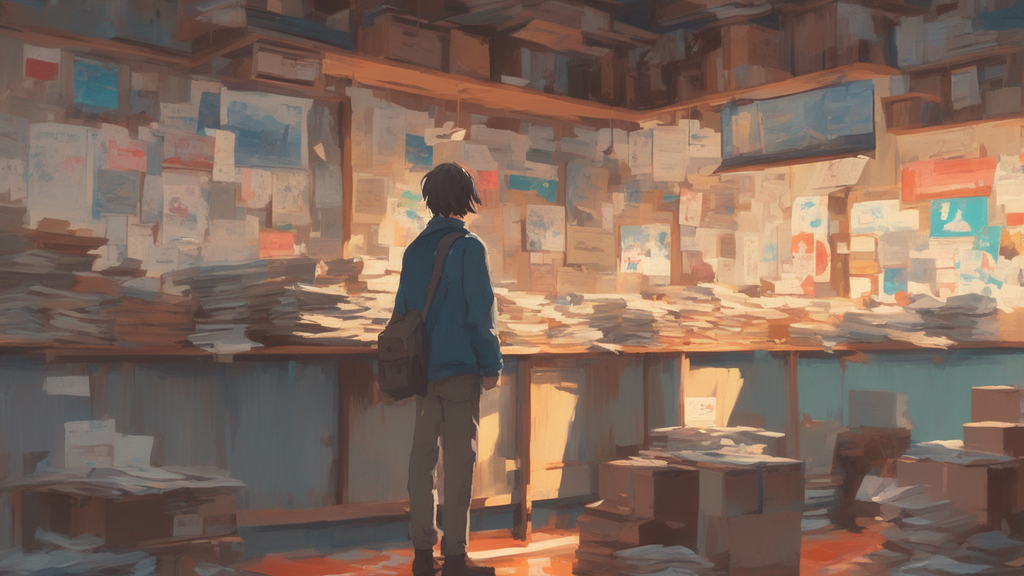GPT–4 Wrote This Post
It didn’t, actually, but apparently this is how you start articles like this.

Lately, I’ve observed a growing concern about the decline in content quality in the age of large language models. Critics argue that there are two main issues to consider. First, chatbots will enable malicious actors to generate more spam. Second, individuals lacking talent will be able to utilize neural networks to produce content they wouldn’t normally be capable of, rendering AI-assisted submissions unfair.
I find these concerns puzzling. If spam is the primary worry, I’m afraid that ship has already sailed with the widespread adoption of the internet. Allowing billions of people to access social media whenever they please has essentially made the spam issue as bad as it could possibly be. Do you really need to manage spam when using Gmail? I haven’t had to for years. All while platforms like LinkedIn and Twitter have been filled with spam over the past ten years… no LLMs required. Anyone who intended to tackle the spam problem has likely done so already, and those who haven’t—won’t.
The unfairness of utilizing AI in making art doesn’t resonate with me either. In my spare time, I enjoy writing short stories. It’s a pleasant hobby that allows me to momentarily disconnect from the tech industry when I need a break. For some time now, I’ve been using both ChatGPT and Stable Diffusion to enhance or accelerate my writing process. ChatGPT frequently assists me when I hit a roadblock—by engaging in conversation, it generates some generic paragraphs that I can then rewrite to overcome my writer’s block. Stable Diffusion enables me to visualize scenes in detail. I’ve always struggled with descriptions and locations, but by employing AI to generate multiple variations, I can pick and choose the elements I like and discard those that don’t fit, ultimately crafting better content.
In my opinion, none of this is unfair.
My fundamental belief about art is that it cannot be considered art if there isn’t any human experience behind it. This means that if you didn’t live it, or at least participate in its creation, the end product won’t truly be yoursand you won’t convey anything meaningful. If your publication accepts content that lacks a distinctive voice—content that anyone could have written because it is generic—perhaps the issue isn’t with generative AI.
The future of tech, direct to your inbox
Discover the next generation. Subscribe for hand-picked startup intel that’ll put you ahead of the curve, straight from one founder to another.




